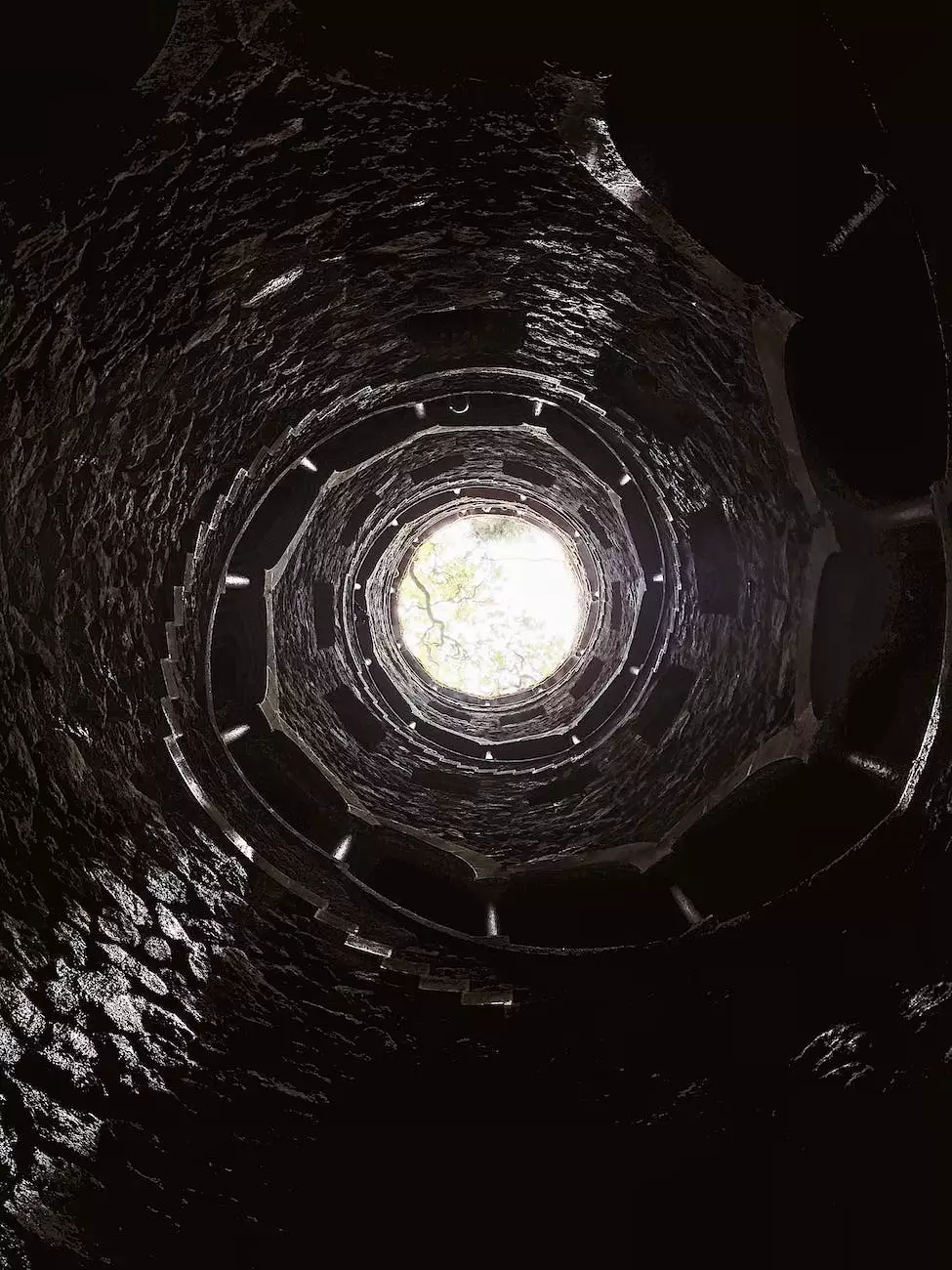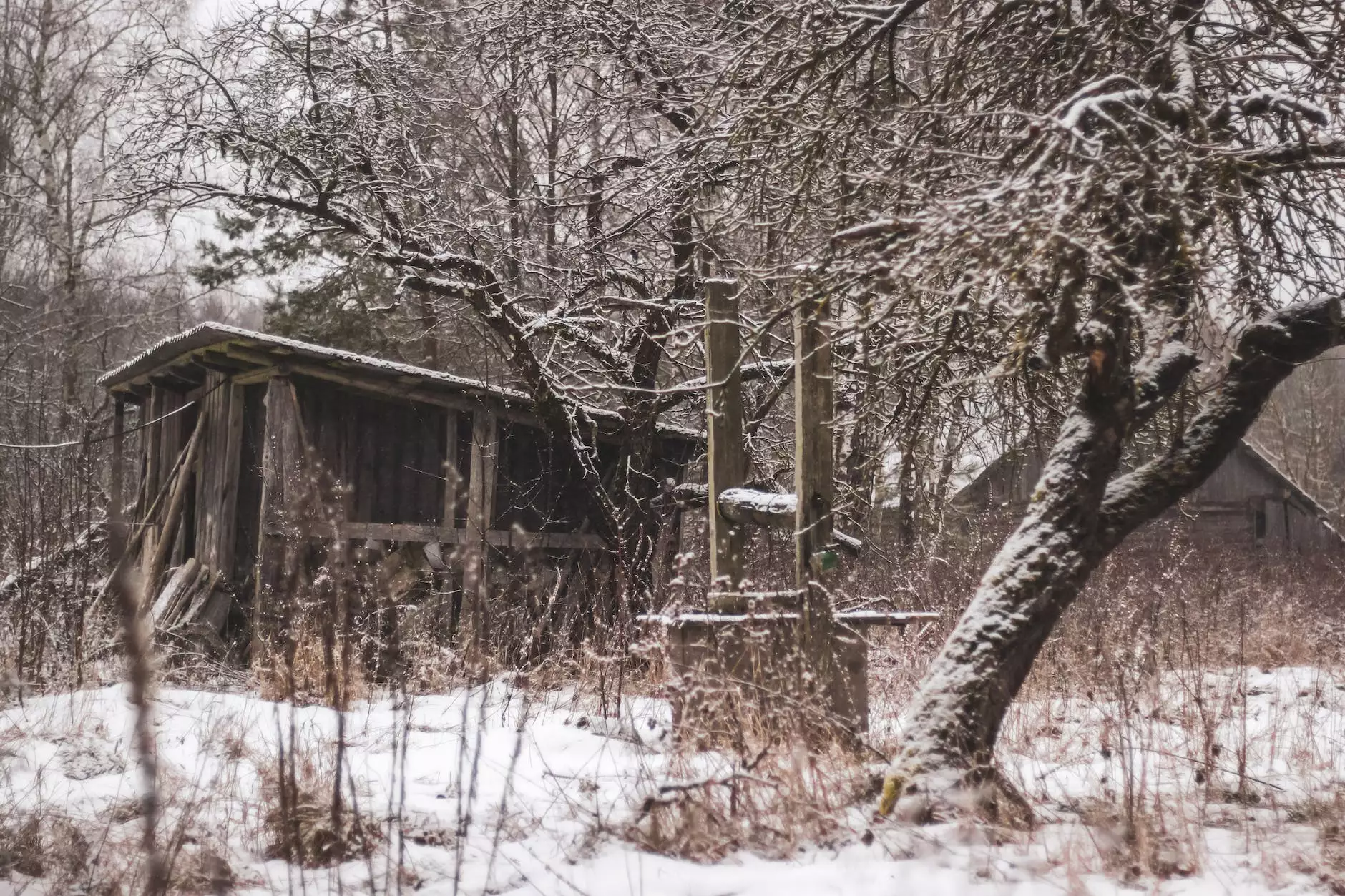Cold Weather Tips For Well Pumps
Well Pump
Introduction
Welcome to the comprehensive guide on preparing your well water system for winter. At Parrish Well Drilling, we understand the importance of keeping your well pump in optimal condition during the colder months. With our expert tips and recommendations, you can ensure that your well pump performs efficiently, saving you time and money in the long run.
Why is Winter Preparation Important?
As the temperature drops, the risk of freezing becomes a major concern for well pump owners. Frozen pipes and components can lead to system damage, loss of water supply, and costly repairs. Proper winter preparation is crucial to prevent these issues and maintain the smooth operation of your well water system throughout the colder months.
1. Insulate All Exposed Pipelines
Start by insulating all exposed pipelines connected to your well pump. Use high-quality insulation sleeves or tapes to protect the pipes from freezing temperatures. This step will act as a barrier, preventing cold air from reaching the water inside the pipes and reducing the risk of freezing.
2. Install a Well House Heater
If your well pump is located in a well house or a similar structure, consider installing a well house heater. These heaters provide a consistent source of heat to prevent the temperature from dropping too low. Be sure to choose a heater suitable for your specific well house and follow the manufacturer's instructions for safe installation.
3. Maintain a Steady Power Source
During winter storms or power outages, it's crucial to have a backup power source for your well pump. A generator or a battery-powered backup system can keep your pump running smoothly even when the electricity is down. Regularly check the backup power source to ensure it's in proper working condition and ready for use.
4. Keep the Well House Insulated
Insulating the well house itself is paramount in maintaining a suitable environment for your well pump. Proper insulation not only helps regulate the temperature but also protects the pump from extreme cold. Use weatherstripping to seal any gaps or cracks in the well house walls and doors. This ensures that cold air stays out and the warm air generated by the well house heater remains inside.
5. Monitor the Water Level
Regularly monitor the water level in your well to prevent it from dropping too low. During winter, groundwater levels can decrease, increasing the strain on your well pump. If necessary, consider installing a low-level water sensor that alerts you when the water level becomes critically low. This will help you take timely action to avoid any potential damage to the pump or well system.
6. Schedule a Professional Inspection
Arrange for a professional inspection of your well water system before the winter season arrives. A licensed technician from Parrish Well Drilling can assess the condition of your well pump, identify any potential issues, and perform necessary maintenance or repairs. Timely professional intervention can prevent major problems and ensure a smoothly running well pump throughout winter.
Conclusion
Preparing your well pump for winter is essential to avoid costly repairs and maintain a consistent water supply. By following these cold weather tips for well pumps, provided by Parrish Well Drilling, you can safeguard your well water system from freezing and ensure its longevity. Remember, proper winter preparation is key to enjoying uninterrupted access to clean and reliable well water all season long.




